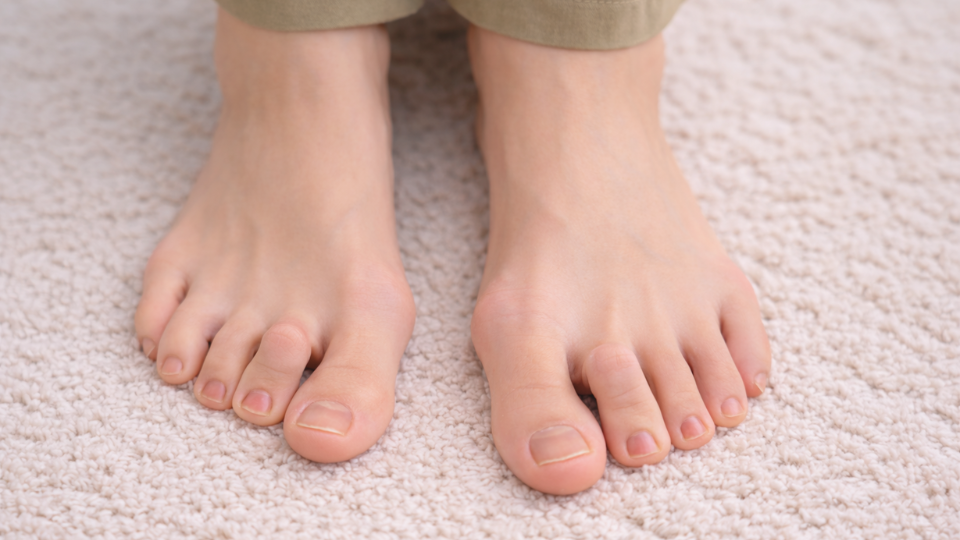Hammer Toes 101: What They Look Like, What Causes Them, and the Most Effective Treatment Options
Learn what hammer toes look like, what causes them, and the most effective treatment options, from early care to surgery, at FAS The Woodlands.

Osteoporosis weakens bones, increasing the risk of fractures from minor impacts. Common in postmenopausal women and older adults, it’s preventable with calcium, Vitamin D, exercise, and a healthy diet. Early action strengthens bones and reduces risks.
Osteoporosis is a condition that weakens bones, making them brittle and more susceptible to fractures. Think of your bones as the steel frames of a skyscraper, providing strength and stability. If these frames corrode or weaken, the entire structure loses integrity, leading to cracks, breaks, or collapses. Similarly, when bone density diminishes, it can lead to serious health issues, including foot problems.

The gradual loss of bone density begins with osteopenia—a condition where bone mineral density decreases but hasn't yet reached the critical point of osteoporosis. Left untreated, osteopenia progresses to osteoporosis, which significantly increases the risk of fractures, even with minor impacts.

Osteoporosis primarily affects:
Bone health is commonly assessed using dual-energy x-ray absorptiometry (DEXA) scans, which measure Bone Mineral Density (BMD). A bone density 2.5 standard deviations below the average peak bone mass is considered osteoporotic.
Preventing and managing osteoporosis involves:
One of the primary dangers of osteoporosis lies in its vulnerability to fractures from minor incidents. A simple fall or even bumping your toe against furniture can result in a broken toe, foot, or other lower extremity injuries. This risk is particularly pronounced in the elderly, where reduced mobility and slower healing can lead to long-term complications.
In podiatry, it's common to see patients with osteoporosis suffer fractures from seemingly minor impacts. Without proper treatment and prevention, these injuries can significantly affect mobility and quality of life.
Think of osteoporosis as driving a bumper car made of fine china—any minor collision could result in breaks. To reinforce your body’s "steel frame" and protect your bones:
Protecting your bones is essential for maintaining mobility and overall well-being. If you or a loved one has osteoporosis or is concerned about bone health, consult a specialist. Strengthening your bones today ensures a safer, healthier future.
For expert care in podiatry and bone health, Request an appointment

Learn what hammer toes look like, what causes them, and the most effective treatment options, from early care to surgery, at FAS The Woodlands.

Learn the common causes of a bump on the bottom of your foot, including nodules and hard lumps, plus symptoms to watch for and when to see a podiatrist at FAS The Woodlands.